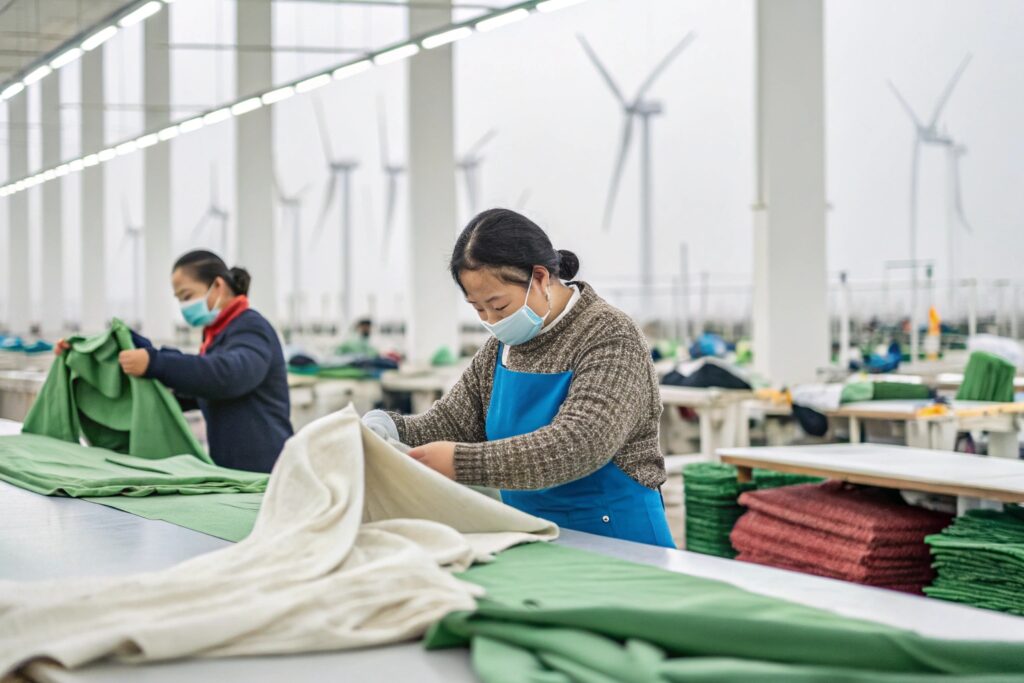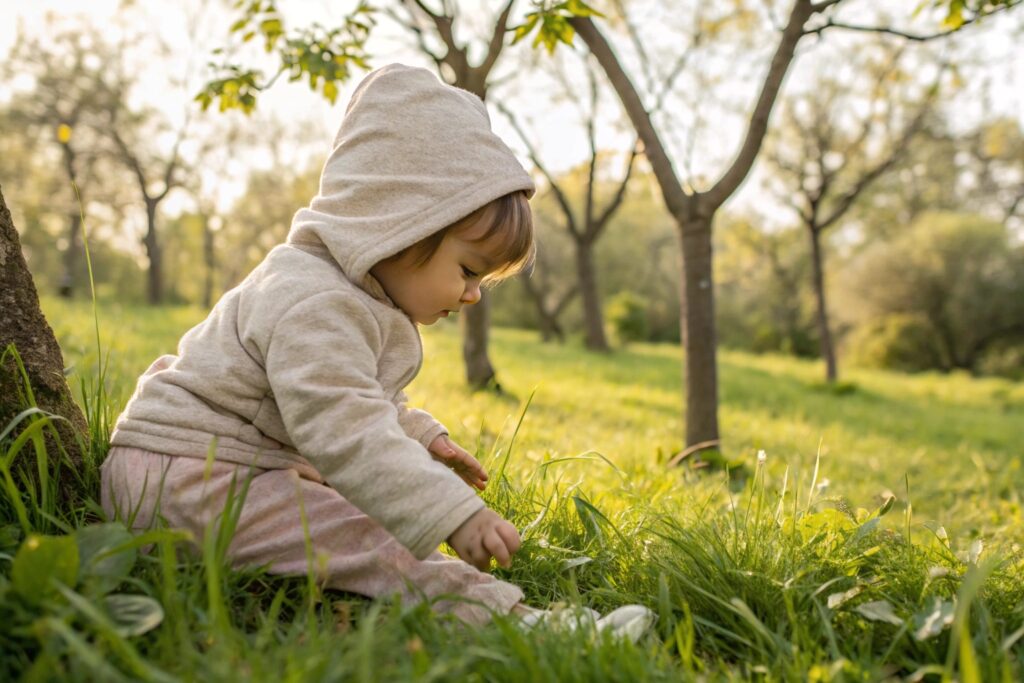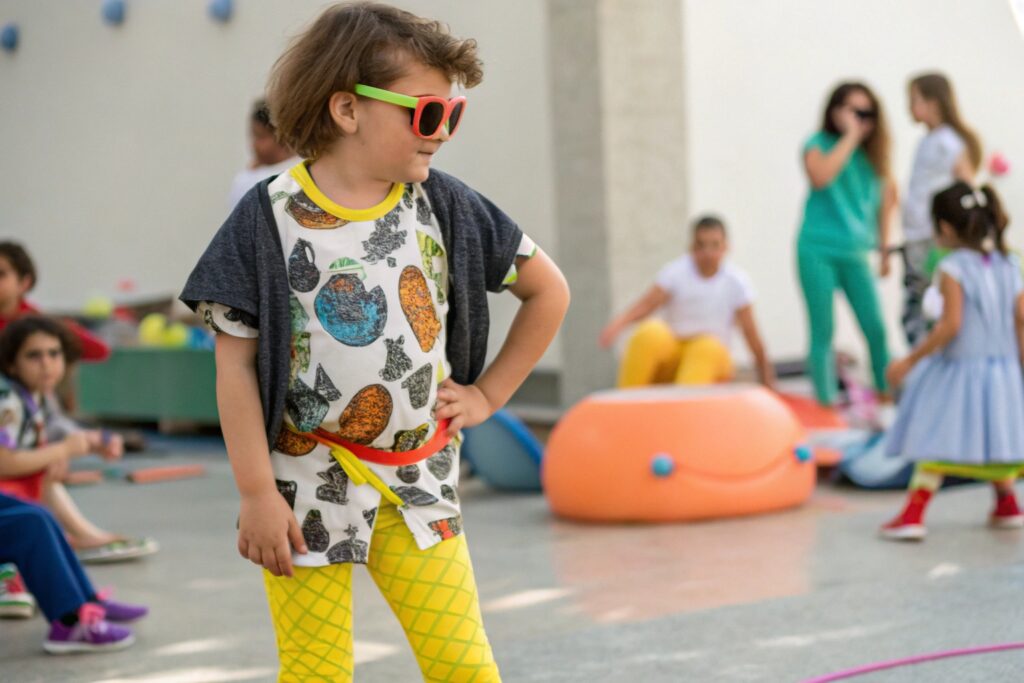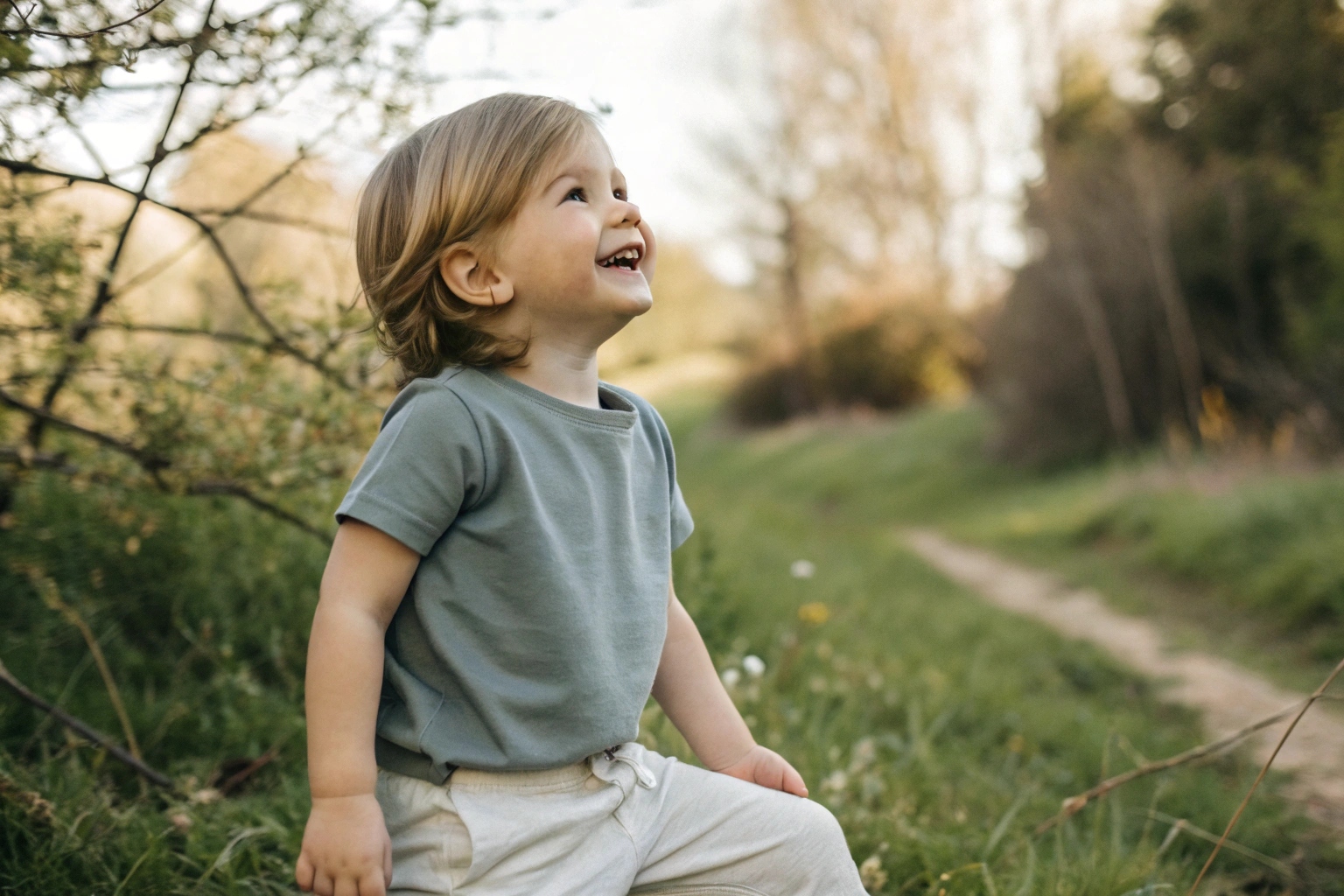As a parent or buyer in the apparel industry, you might be inclined to think that more clothing equals more style. However, when it comes to kids, simplicity often leads to greater fashion impact. Today, we’ll explore how less clothing can actually bring more style to children’s wardrobes.
The key to stylish kids’ clothing isn’t always about piling on layers or accessories, but about focusing on timeless designs that allow kids’ personalities to shine. In this post, I’ll delve into why minimalist clothing can be a game-changer for your kids’ wardrobe, and how it enhances comfort, freedom, and, surprisingly, style.
So, why should we rethink our approach to children’s fashion? Let’s take a closer look.
Where is the best place to manufacture clothing?
When it comes to manufacturing high-quality children’s clothing, finding the right production facility is critical. But where exactly is the best place to manufacture kids’ wear?
The choice of manufacturing location directly impacts both the quality and cost of your products. Whether you’re looking for competitive prices, quality, or sustainable practices, there are several key factors to consider when choosing a manufacturing destination.

How do different countries affect the price and quality of children’s clothing?
The price and quality of children’s clothing largely depend on where they are made. Countries like China, Vietnam, and India are well-known for offering affordable labor while maintaining acceptable quality standards. But let’s not overlook the complexities that come with sourcing from these regions.
For example, China has become a popular destination due to its robust infrastructure and large-scale manufacturing capabilities. However, it’s important to balance quality and cost. While you can get cost-effective products, the materials and final product quality may not always meet high standards unless properly managed.
In contrast, countries like Portugal or Italy offer higher-quality materials and production processes. While the manufacturing costs are higher, the end result is often a superior product. For those who prioritize quality over price, these European countries are often the go-to.
However, no matter where you manufacture, you need to carefully evaluate suppliers to ensure that their quality and compliance standards meet your needs. This is especially true for children’s clothing, where safety and fabric quality are non-negotiable.
Moreover, the choice of location affects other factors such as lead times, ease of communication, and the type of certifications available. For instance, sourcing from countries with strict manufacturing standards can give your products an edge in quality and safety certifications, which is crucial in today’s global market.
How do logistics play a role in choosing a manufacturing location?
When selecting a manufacturing location, logistics should never be overlooked. Shipping times, customs regulations, and the overall supply chain can significantly impact the final product’s arrival time and condition. Countries close to major ports, like China, provide quicker turnaround times compared to others, which might require longer transportation routes.
Whether your primary goal is fast delivery, sustainable sourcing, or high-quality products, each location brings its own advantages and challenges.
For example, while shipping from Southeast Asia or China might be quicker for North American buyers, buyers from Europe might prefer sourcing from European countries like Portugal or Spain due to shorter shipping distances. This has a direct effect on cost savings, as long shipping routes can add extra expenses.
Additionally, supply chain issues such as customs delays or freight costs can impact your bottom line. Consideration of these factors, along with factory capabilities and labor costs, will help you make the most informed decision.
Why is it important for children to wear clothes?
Clothing is more than just a basic need for kids. It plays an essential role in both their development and their well-being.
Children’s clothing provides comfort, protection, and a form of self-expression. While many see clothing as a mere necessity, it holds far deeper significance, impacting not only a child’s physical needs but also their emotional and social growth.

What are the benefits of wearing clothes for children?
Clothing provides numerous benefits for kids, ranging from warmth to protection. For instance, well-designed clothing helps to regulate a child’s body temperature, ensuring they stay comfortable no matter the weather. Clothes also provide protection from environmental elements like sun exposure or insect bites.
Moreover, wearing clothes that fit well and suit their activities can improve a child’s movement and overall comfort. Active kids need flexible clothing to run, jump, and play. The right clothes support this freedom of movement, which in turn enhances their development and sense of independence.
Good quality fabrics can also have health benefits, such as moisture-wicking or hypoallergenic properties, which are especially important for sensitive skin. Therefore, it’s crucial to focus on the material choice when designing children’s clothing. For example, organic cotton, bamboo fabrics, and eco-friendly materials are becoming increasingly popular due to their skin-friendly properties and sustainability.
Lastly, clothing plays a role in emotional well-being. Kids who feel comfortable in their clothes are more likely to feel confident and happy. For children with sensory processing issues or other unique needs, finding the right clothing can make a significant difference in how they feel throughout the day.
How does clothing affect children’s social interactions?
Beyond physical benefits, the clothes children wear can also impact their social interactions. Kids often start to understand concepts of style and self-expression from a young age. The clothing choices they make or those made for them can influence how they are perceived by their peers. A child dressed in clothes they feel comfortable and confident in is more likely to participate in social activities, thus boosting their self-esteem and social skills.
Thus, children’s clothing is a tool that contributes to both their physical development and their emotional well-being.
As children grow, they begin to form opinions about their own appearance and the appearance of others. The right clothes can empower them to express their individuality. For example, a child who loves art may enjoy clothing with vibrant colors or patterns, while another child who enjoys sports may feel more comfortable in activewear or athletic clothing.
At the same time, kids who are dressed in clothes that fit well and match their activities may find it easier to connect with others who share similar interests. Thus, clothing becomes a bridge between individuality and social connection, helping kids build both self-esteem and relationships.
How important is clothing style?
Style plays an important role in how kids express themselves and interact with the world around them.
Clothing style helps kids communicate their personality and interests. While they may not always choose their outfits, children are often influenced by their environment, media, and family. A child’s style can be a reflection of their creativity, interests, and even how they relate to others.

How does clothing style contribute to a child’s identity?
Children start forming their identities early, and clothing is one of the tools they use to express who they are. For instance, a child who gravitates towards bright colors might be expressing their playful and vibrant personality. On the other hand, a child who prefers darker tones could be signaling a more reserved nature.
Parents and caregivers can encourage kids to explore different styles, which in turn supports their emotional development. By dressing them in a way that feels authentic, parents help their children understand themselves better, boosting their confidence.
As they grow, kids develop preferences for certain clothing styles, influenced by trends or their favorite characters. It’s important to balance these preferences with practical clothing choices that allow for ease of movement, comfort, and protection. A great way to build a child’s sense of identity is by encouraging them to choose clothing that reflects their personal tastes while considering the environment they’ll be in.
Can simple clothing choices make a statement?
It’s easy to assume that children need flashy, over-the-top outfits to stand out. However, simple clothing choices can make a big statement. Classic styles such as well-tailored tees, pants, or dresses are timeless and versatile. These items can be paired in countless ways, making them an essential part of any child’s wardrobe.
Sometimes less really is more. By focusing on simple yet stylish clothing, kids can express themselves in ways that don’t rely on excessive patterns or accessories. It encourages them to embrace individuality while keeping comfort and practicality in mind.
Moreover, simple clothing allows for more creativity when it comes to layering and accessorizing. A solid-colored top can be paired with vibrant accessories, shoes, or outerwear to make a bold fashion statement without overwhelming the outfit. This balance between simplicity and creativity is the key to timeless style.
Conclusion
In the end, when it comes to children’s clothing, simplicity is key. With the right choice of manufacturing location, quality fabrics, and thoughtful style, your kids can enjoy comfort, style, and the freedom to express themselves.










